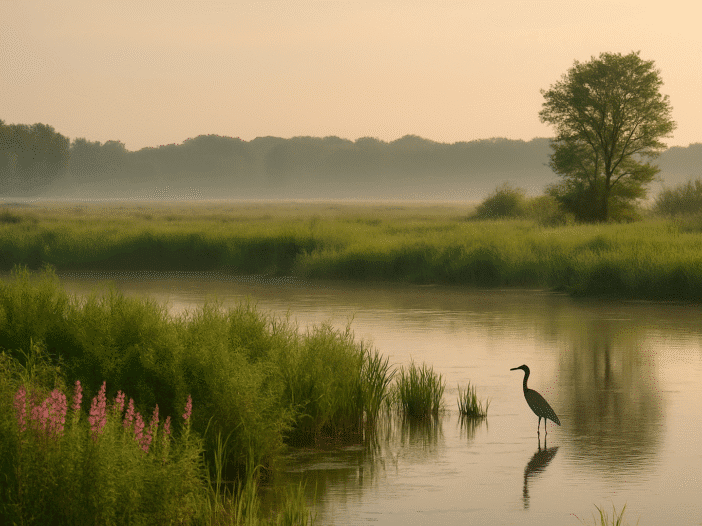
In the midst of a climate crisis, more and more voices are calling for a real, deep, and long-term green transition. But that transformation cannot happen without understanding a key concept: ecosystem services. In other words, all the benefits nature provides us for free that support our daily lives — from the air we breathe to the food on our plates.
What types of ecosystem services exist?
Ecosystem services are grouped into four main categories:
- Provisioning services: These are the tangible products we obtain from nature, such as fresh water, crops, timber, and medicinal plants.
- Regulating services: Natural processes that help regulate environmental conditions, including air and water purification, pest control, and climate regulation.
- Supporting services: These are the foundation for all other services — like soil formation, nutrient cycling, and pollination.
- Cultural services: The non-material benefits ecosystems offer, such as recreation, ecotourism, cultural heritage, and spiritual value.
Real-life examples that are already making a difference
The concept may sound abstract, but in practice, it has very real implications. In several Spanish cities, for instance, urban green spaces are being expanded with native trees to combat heatwaves. These areas don’t just improve aesthetics — they lower local temperatures, filter pollutants, and manage stormwater runoff more effectively.
In southern agricultural regions, some farms are reintroducing living hedgerows and flower strips to attract pollinators. This boosts crop productivity without relying on chemicals, while also supporting local biodiversity.
Wetlands are another key example — acting as natural water purifiers and helping to prevent floods. Their preservation is not just about wildlife: it directly impacts the water security of thousands of people.
A new way of seeing the land
Understanding and valuing ecosystem services is not just the job of scientists or policymakers. It requires a shift in mindset that includes all of us. It means recognising that healthy ecosystems aren’t a luxury — they are the foundation of our health, economy, and overall quality of life.
This is why more and more initiatives are now embracing land management models that incorporate ecosystem services into planning and design. Restoring forests, protecting agricultural soils, or conserving wetlands is no longer seen as a cost — but as an investment with ecological, economic, and social returns.
